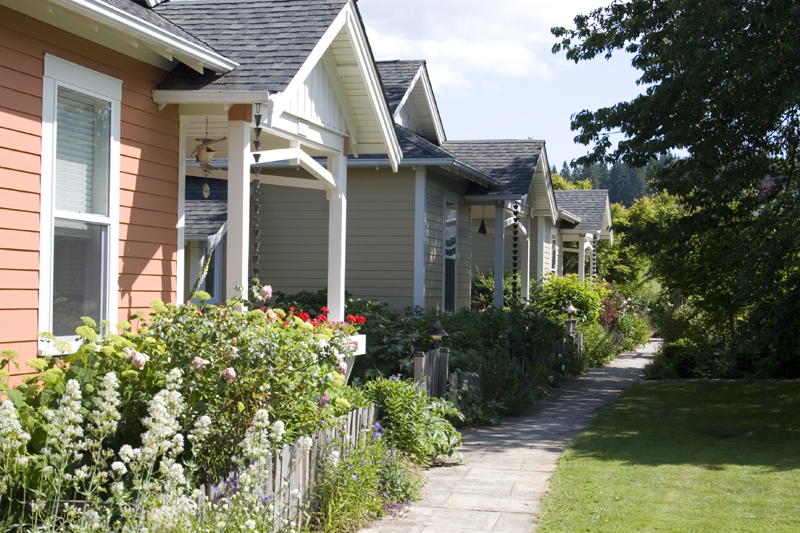Alright, I’ll admit it – my attention span is shot. I start one thing, get distracted by something shiny, and the next thing I know, I’ve fallen down a YouTube rabbit hole for three hours. So, when I heard about speedcubing being good for the brain, I thought, “My brain needs all the help it can get!”
Now, I’m not going to lie, I’ve never actually solved a Rubik’s Cube. I mean, I’ve tried, but I usually end up just making it more of a mess. But apparently, speedcubing isn’t just about being the fastest (which I’m definitely not). It’s about challenging your brain, improving memory and focus, and maybe even feeling that “flow” state we all miss from our younger days.
Brain Boost for the Forgetful
Remember when we could remember everything? Phone numbers, song lyrics, where we left our keys? Yeah, me neither. But speedcubing supposedly helps with memory, and I’m all for anything that might help me find my glasses more often. Plus, it’s supposed to be good for problem-solving and hand-eye coordination, which, let’s be honest, could also use a tune-up. As the BBC points out in their article “Speedcubing: The retro hobby that can help boost happiness levels,” these cognitive benefits can have a real impact on our daily lives.
The “Flow” State: Remember That?
Remember that feeling of being totally absorbed in something, where time just flew by? That’s the “flow” state, and apparently, speedcubing can help you get there. I don’t know about you, but I could use a little more “flow” and a little less “where did I put my coffee?” in my life.
Community and Competition (Optional)
The cool thing is, there’s a whole community of speedcubers out there. You can find groups online, share tips, and even compete if you’re feeling brave (I’m not). But even if you’re just doing it by yourself, it’s still a fun way to challenge your brain and maybe even feel a sense of accomplishment for once. The “Senior Cubers Worldwide” online group mentioned in the article “Providing Opportunities for Seniors: The Caring Cubing Community Holds Second Class” sounds like a great place to connect with others who are embracing this hobby at any age.
So, Should You Try It?
Even if you’re as easily distracted as I am, and you’ve never solved a Rubik’s Cube in your life, why not give speedcubing a shot? There are tons of resources online, and who knows, you might even find it’s the perfect brain boost for us scatterbrained Gen Xers.
Worst case scenario, you have a colorful cube to fidget with. Best case scenario, you improve your memory, focus, and maybe even find your keys for once. And hey, if you actually manage to solve the cube, you’ll officially be smarter than me!







